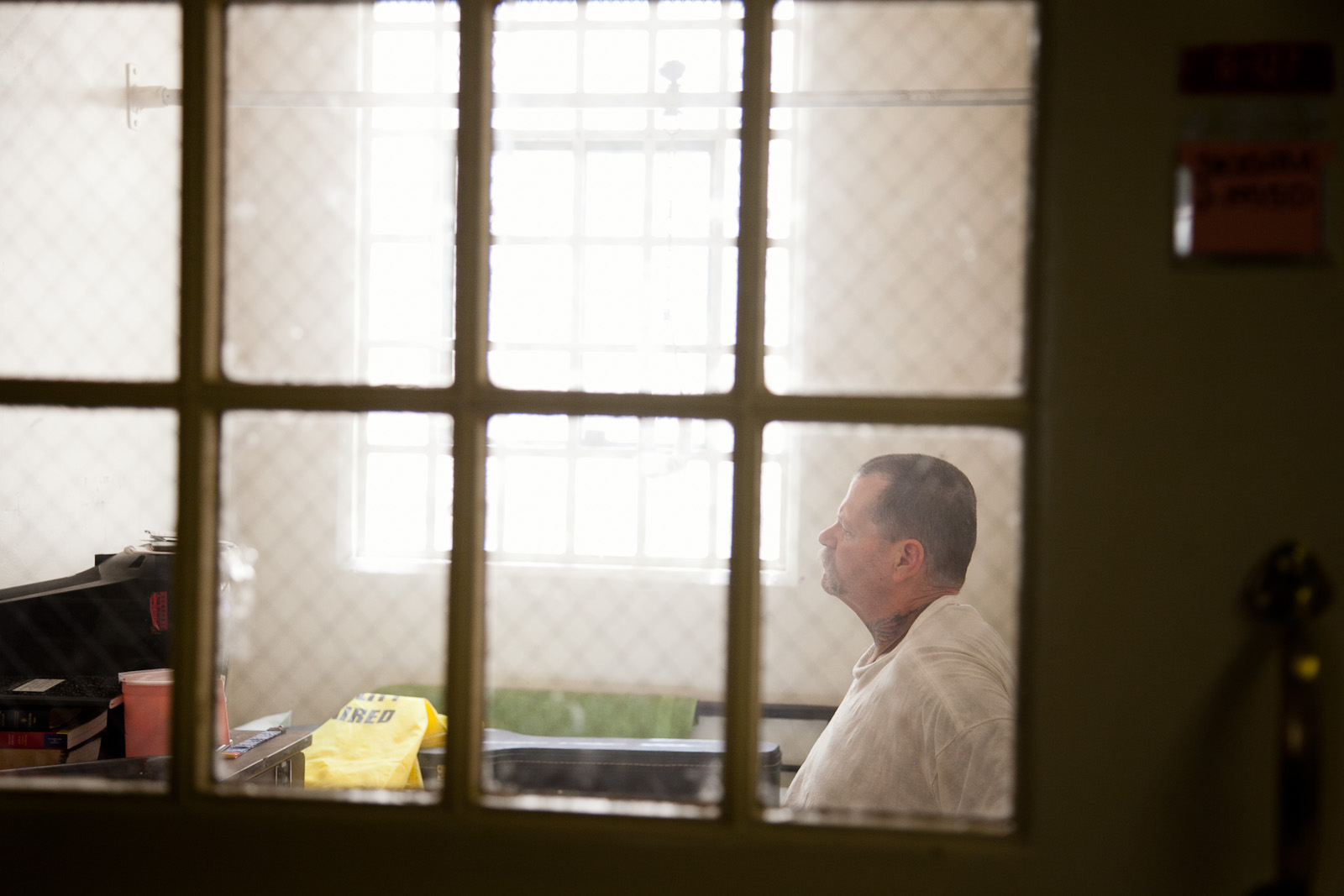

With the tattoos that appear to cover every inch of his body, Terry Jackson cuts a terrifying figure. At least he would, 20 years ago, before his prison sentence, severe arthritis and AIDS wracked his body. Now the 41-year-old prisoner can barely walk, and seems most comfortable in his bed.
Though he may seem feeble now, Jackson is serving a 25-year-to-life sentence for first degree murder. Jackson is one of more than 2,800 inmates at the California Medical Facility, the only California prison facility with a licensed elderly-care unit and a hospice unit for terminally ill inmates.
The facility is emblematic of the dilemma facing the California Department of Corrections and Rehabilitation, as longer sentences and three-strikes requirements lead to an aging prison population – many of whom are serving life sentences and likely to die behind bars. These inmates come at great cost to the state – prisoners’ medical bills can range as high as $2.5 million, according to a report by a federally appointed receiver who oversees the state’s prison health care.
Armand Emamdjomeh originally reported this story with Karen McIntyre and Isabella Cota Schwartz as part of the “Behind Bars” News 21 project at the Graduate School of Journalism at the University of California, Berkeley. He is currently a web developer and producer at the Los Angeles Times.






You must be logged in to post a comment.